Indo-Iranian languages
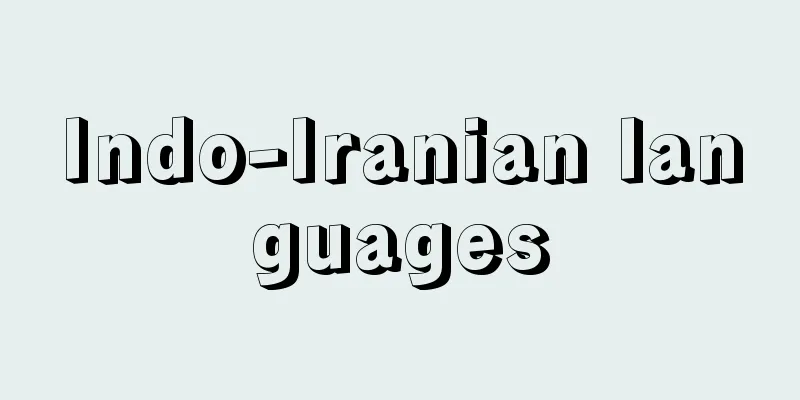
|
It is a branch of the Indo-European language family, consisting of three groups: Aryan, Iranian, and Nuristan (Kafir). Among the Iranian languages, the ancient Iranian languages include Avestan, which was used in the Zoroastrian holy book Avesta, and Old Persian, which was used in the cuneiform inscriptions of the Achaemenid dynasty. The hymns (Ghata) section of the Avesta contains the words of its creator, Zarathustra (Zoroaster), and dates back to around the 6th century BC, while Old Persian is thought to date back to around 520 BC. Furthermore, if, as some scholars claim, cuneiform documents found in the Middle East were written in Indo-Iranian languages, the history of this language family would date back to the 14th century BC. The Middle Iranian languages include Middle Persian (used in epigraphy from 300 BC to 950 BC), Pahlavī, and the Southwest Iranian group of Middle Persian used in the Manichaean texts, as well as Parthian (used in documents from the 1st to 3rd centuries AD), and the Eastern Iranian group of Khwārezmian (12th century), Sogdian (4th century), Śaka, Khotanese (7th century), Scytho-Sarmatian (2nd century), and Bactrian (2nd century). The Eastern group in particular is thought to have been widespread in Central Asia, from Uzbekistan through the southern route of the Taklimakan Desert to the Turkestan region of China. Of the modern Iranian languages, Modern Persian (Fārsī) is the one that holds the most important position politically and culturally. It was formed by adding elements of Parth and other dialects to a common language (koine) that developed from a dialect of medieval Persian. It is currently used as the national language of Iran and the second official language of Afghanistan (population: about 30 million). In addition, as a result of the migration of many Persian-speaking Turks and Afghans to India from the 11th to 12th centuries, Persian became the official language of the Islamic states of India around the 13th century, and has become the cultural common language not only for Muslims but also for the Hindu intellectual class. In addition, Tajik (spoken by approximately 2 million people) is the official language of Tajikistan and serves as a lingua franca for the people living in the Pamir Mountains, while Kurdish (spoken by approximately 10 million people) is the lingua franca for the Kurds scattered throughout Iran, Iraq, Turkey, Syria and Russia. Other major languages include Pashto (Patō) (spoken by approximately 18 million people), the national language of Afghanistan and the lingua franca of the North-West Frontier Province of Pakistan; Balōcī (spoken by approximately 2 million people), which is widespread in the Baluchistan region spanning Iran and Pakistan, as well as in Central Asia and Africa; Ōrmurī (Bargistā) spoken by the people of Waziristān; Ossetic and Yaghnobi, which developed from Scythian; and Ghalcha, which developed from Saka and is widespread throughout the Pamir Plateau. Nuristanese languages include Akun, Waigali, Kati, Nangalāmī, Gambīrī, and Wasiweri, and are found in the so-called Kāfiristān region, which spans parts of Afghanistan and Pakistan, and are somewhat related to the Dardic group of Aryan languages. For more information on Aryan languages, see the articles "Indian languages" and "Indo-Aryan languages". [Tsuyoshi Nara] [References] | |Source: Shogakukan Encyclopedia Nipponica About Encyclopedia Nipponica Information | Legend |
|
インド・ヨーロッパ語族のなかの一語派で、アーリア諸語、イラン諸語、ヌーリスターン諸語Nūristānī(カーフィル諸語Kāfirī)の3語群からなっている。イラン諸語のうち古代イラン語としてあげられるものに、ゾロアスター教の聖典アベスタに用いられたアベスタ語と、アケメネス王朝の楔形(くさびがた)文字の碑文に用いられた古代ペルシア語Old Persianなどがある。アベスタ聖典の詩頌(ししょう)(ガーター)の部分は、創唱者ツァラトゥストラ(ゾロアスター)Zaraθuštra自身のことばを記したもので紀元前6世紀ごろまでさかのぼり、古代ペルシア語も前520年ごろまでさかのぼりうると推定される。また、一部の学者が主張するように、中東地域で発見された楔形文字の文献もインド・イラン語派系統の言語で書かれているとするならば、この語派の歴史は前14世紀までさかのぼることとなる。 中期イラン語としては、前300年より後950年にわたって使用された碑文中世ペルシア語Middle Persian、パフラビー語Pahlavī、マニ教典に用いられた中期ペルシア語の南西イラン・グループをはじめ、後1世紀より3世紀までの文献に現れるパルト語Parthianと、東部イラン・グループを形成するコーラスム語Khwārezmian(12世紀)、ソグド語Sogdian(4世紀)、シャカ(サカ)ないしコタン語Śaka, Khotanese(7世紀)、スキト・サルマト語Scytho-Sarmatian(2世紀)、バクトロ語Bactrian(2世紀)などがある。とくに東部グループは、ウズベキスタンUzbekistanからタクリマカン砂漠の南ルートを通り、中国領内のトルキスタン地方に至る中央アジア地域に、広く分布していたと考えられる。 現代イラン語としては、政治的、文化的にもっとも重要な地位を占めるものに現代ペルシア語Modern Persian,(Fārsī)がある。これは、中世ペルシア語の一方言が発達して共通語(コイネー)となったものに、パルト語や他の方言の要素が加わって成立した言語であるが、現在イランの国語として、またアフガニスタンの第二公用語として用いられている(使用人口約3000万人)。なお、11世紀から12世紀にかけペルシア語を話すトルコ人やアフガン人の多数のイスラム教徒がインドに移住した結果、13世紀ごろペルシア語はインド領内イスラム州の公用語となり、単にイスラム教徒のみならずヒンドゥー教徒知識階級の文化共通語ともなっている。さらに、タジク語Tādzhikī(使用人口約200万人)は、タジキスタンTādzhikistānの公用語であると同時に、パミール高原に住む人々の共通語としての役割を果たし、クルド語Kurdish(使用人口約1000万人)は、イラン、イラク、トルコ、シリア、ロシア領内にわたって分布するクルド人の共通語となっている。 このほかの有力言語としては、アフガニスタンの国語であり、かつパキスタン北西辺境州の共通語でもあるパシュトー語Patō(使用人口約1800万人)と、イランやパキスタンにまたがるバルーチスターン地方をはじめ、中央アジアやアフリカにまで広範囲にわたって分布するバルーチ語Balōcī(使用人口約200万人)、ワジリスターンWaziristānの住民が話すオールムリー語Ōrmurī(バルギスタ語Bargistā)、スキト語から発達したオッセト語Osseticとヤグノービー語Yaghnōbī、サカ語から発達し、パミール高原一帯に分布するガルチャ諸語Ghalchaなどがある。 ヌーリスターン諸語に属するものとしてはアシュクン語Akun、ワイガリー語Waigalī、カティ語Kati、ナンガラーミー語Nangalāmī、ガンビーリー語Gambīrī、ワシ・ウェリ語Wasiweriなどがあり、アフガニスタンとパキスタンの一部にまたがる、いわゆるカーフィリスターンKāfiristān地域に分布し、アーリア諸語のダルド・グループとやや近い関係にある。なお、アーリア諸語については、「インド諸言語」および「インド・アーリア系諸語」の項を参照されたい。 [奈良 毅] [参照項目] | |出典 小学館 日本大百科全書(ニッポニカ)日本大百科全書(ニッポニカ)について 情報 | 凡例 |
>>: "Outline of Indo-Aryan Philology and Archaeology" - Indo-Aryan Philology and Archaeology
Recommend
Oboke and Koboke - Oboke and Koboke
A gorge on the Yoshino River in western Tokushima ...
Middle English
...In this respect, OE is closer to German than t...
Cadmeia - Cadmeia
…When his sister Europa was abducted by Zeus, he ...
Rhodesia
…Official name: Republic of ZimbabweArea: 390,757...
Blue goat - Blue goat
→ Stupid guy Source: Asakura Publishing Nutrition ...
hediv
…It is also translated as viceroy. In Turkish, it...
Sea cucumber (Apostichopus japonicus)
It is an echinoderm of the Holothuriana family. It...
E - Gyo
A dactyl used in gagaku music in China and Korea....
GOT - GOT
Abbreviation for glutamic-oxaloacetic transaminas...
Corrière della Séra (English spelling)
Italy's leading daily newspaper. Founded in Mi...
Gower - John Gower
English poet. Born into a distinguished family in...
Katase [Hot Spring] - Katase
A hot spring in Higashiizu-cho, Kamo-gun, Shizuoka...
Australopithecus robustus
Please see the "Australopithecines" pag...
Candy - Kandy (English spelling)
The capital of the Central Province in central Sr...
Zhou Dunyi - Shutoni
A Chinese thinker from the Northern Song Dynasty....
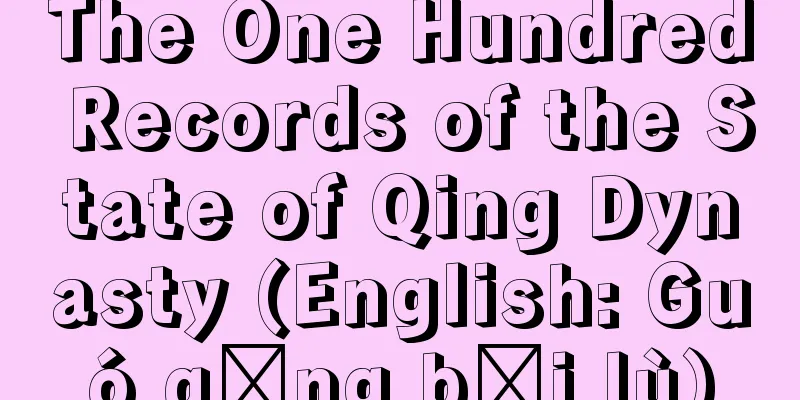

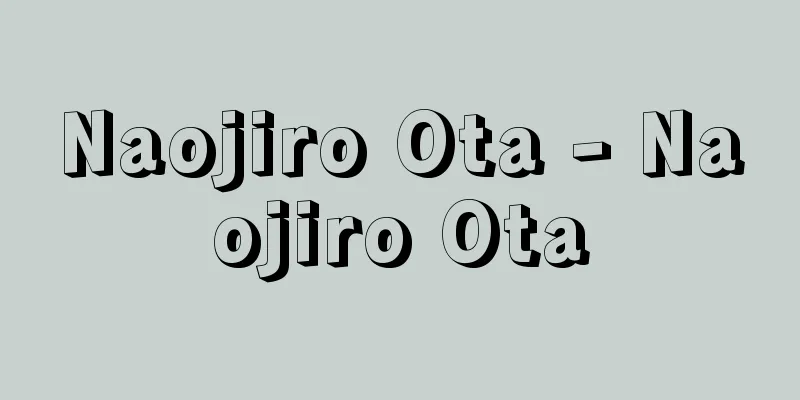
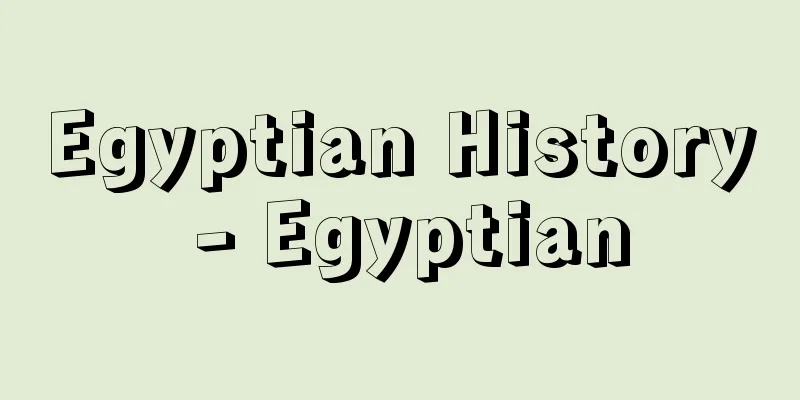


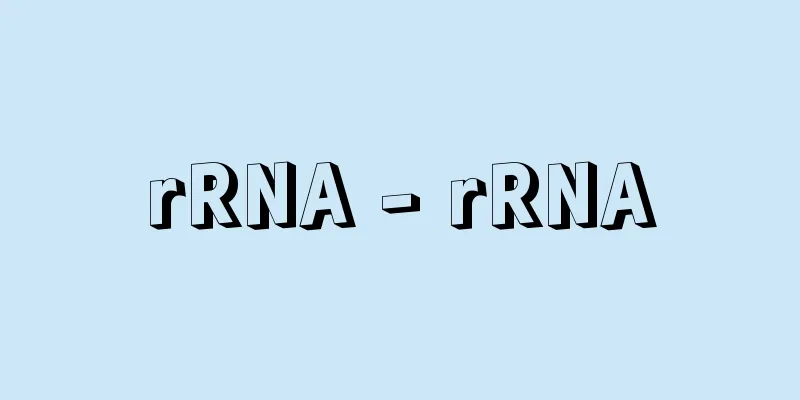
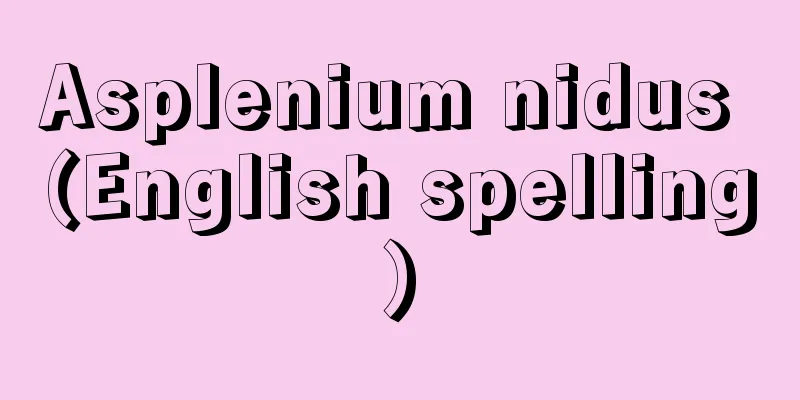

![Saita [town] - Saita](/upload/images/67cba52c70d16.webp)